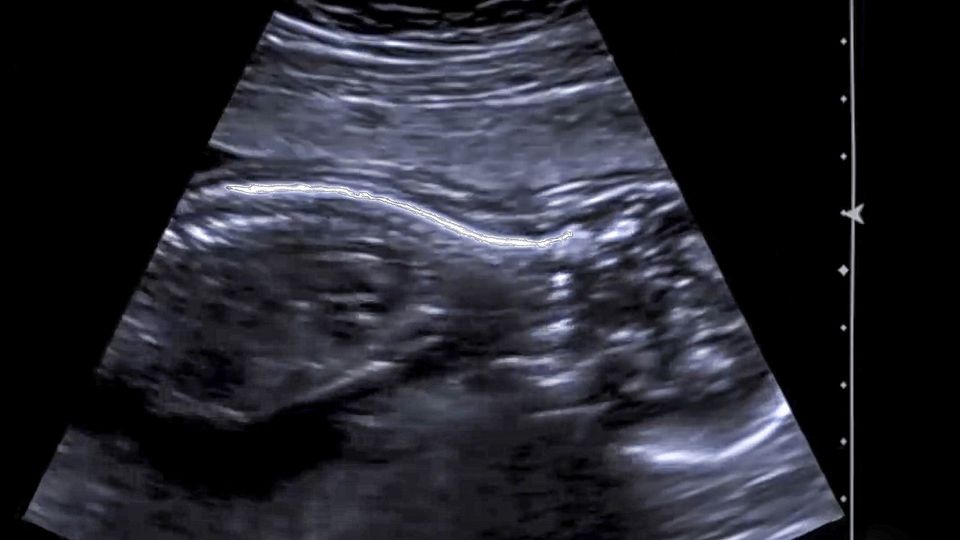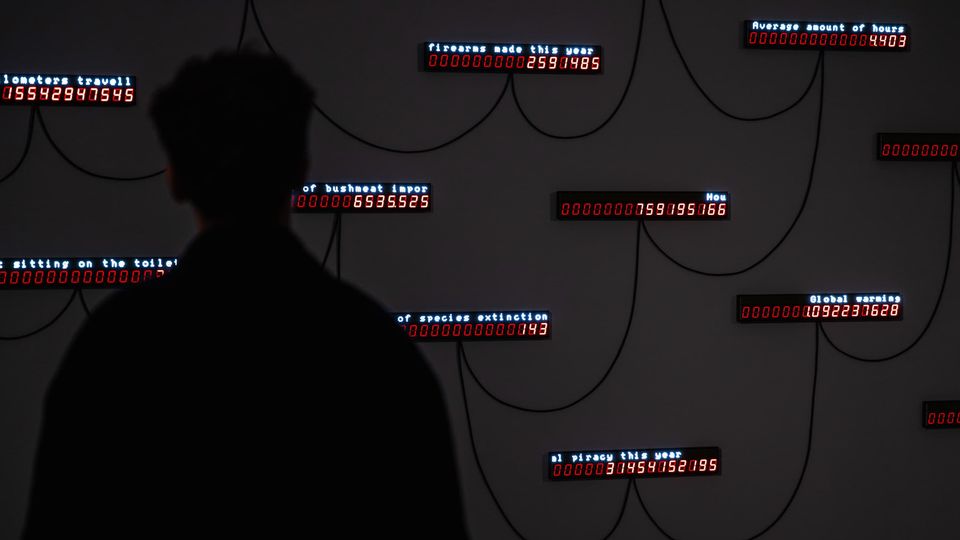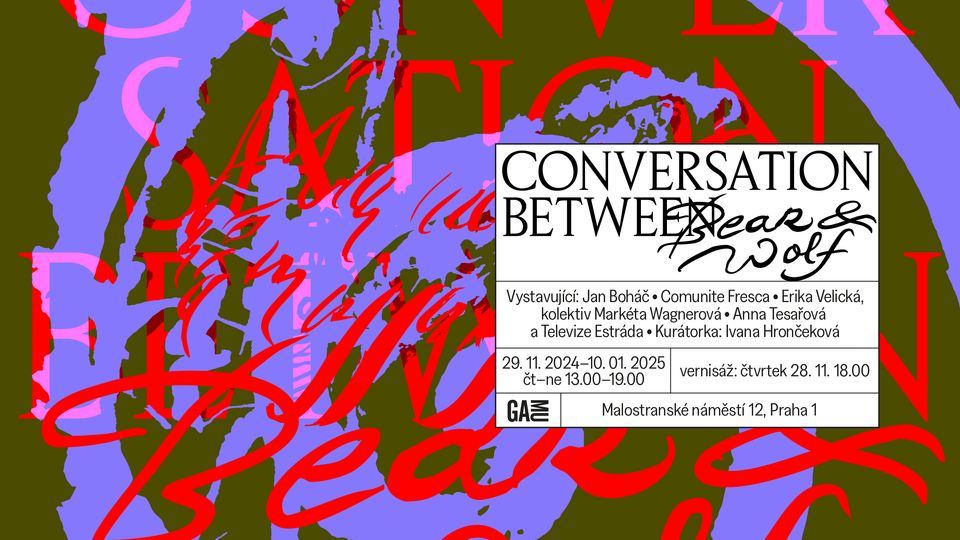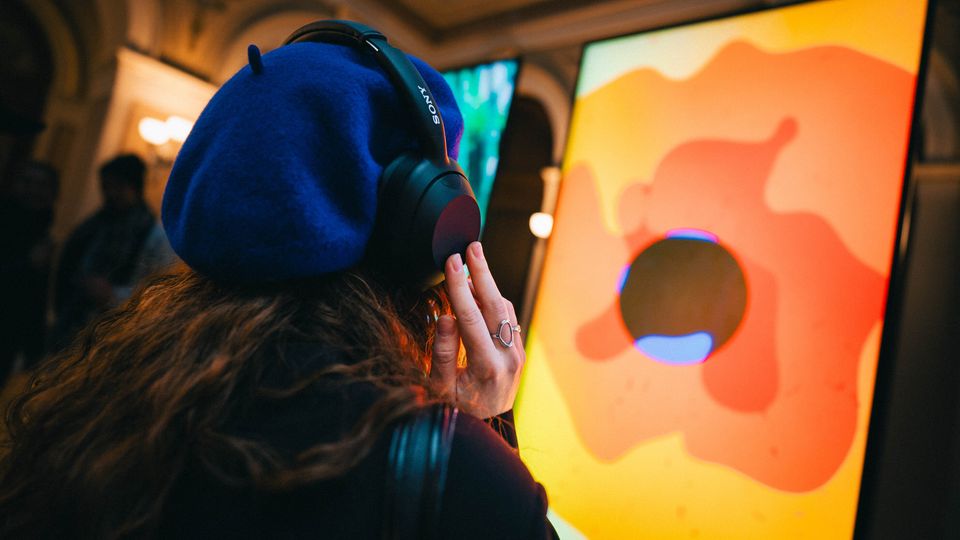Mateusz Kapustka, Jan Dienstbier – Iconic Seduction: Notes on Anti-Iconography
7. 12. 2021
Přednášky a diskuze
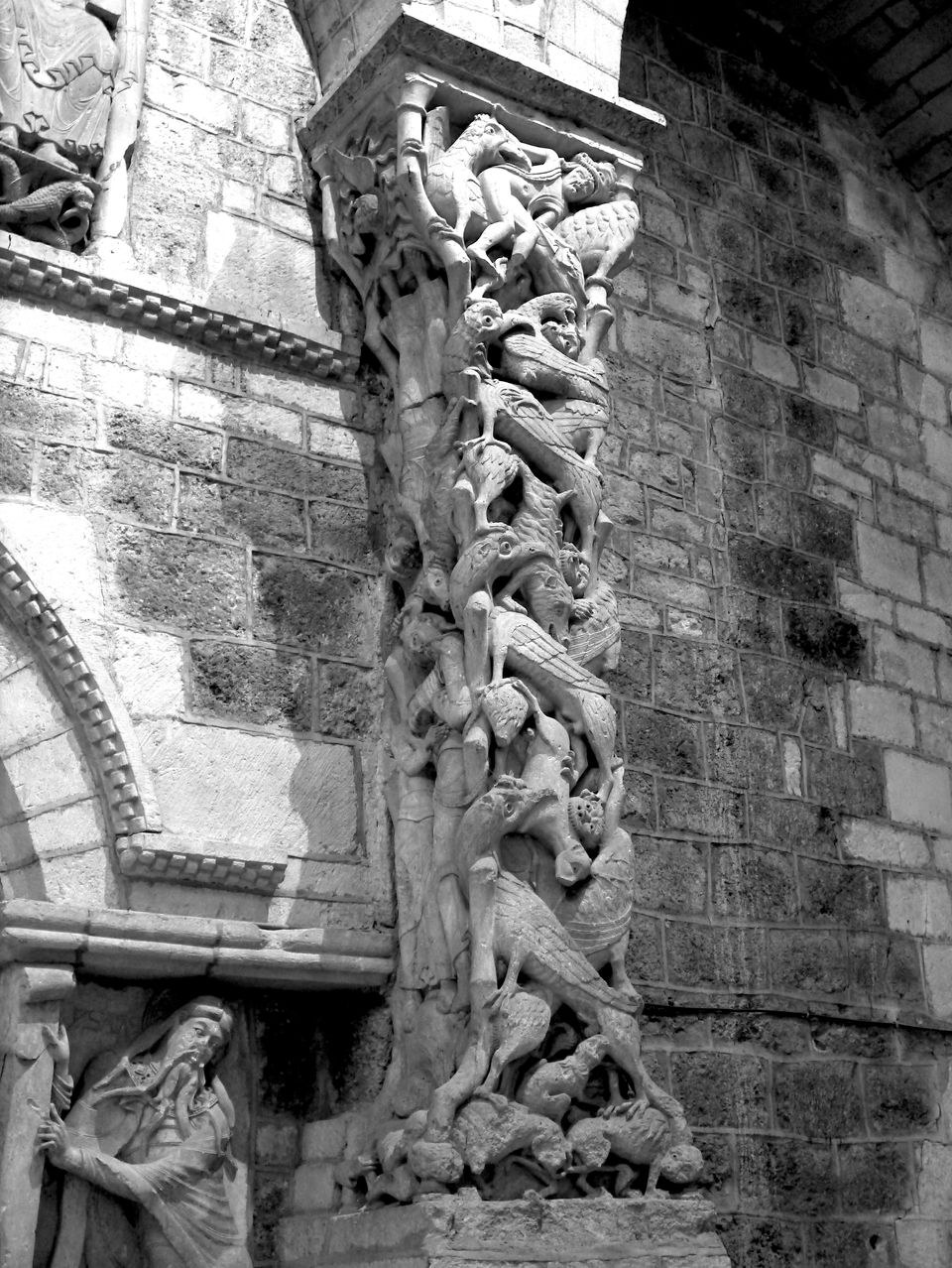
Srdečně zveme na další přednášku a následnou diskusi z cyklu Středověk v pohybu / Dialogy, kterou přednese Mateusz Kapustka (University of Zurich) a Jan Dienstbier (ÚDU AV ČR) na téma Iconic Seduction: Notes on Anti-Iconography.
The trumeau in the former Benedictine abbey church of Sainte-Marie at Souillac (1120–35) is one of the most distinguished and, at the same time, most enigmatic figurative compositions in the 12th-century Romanesque sculpture in France. The lecture takes up the critical thread of a discussion concerning this object present in the 1990s. It relates to the notion of ‘anti-iconography’ used in this context by Michael Camille to oppose the visible reductionism of its hitherto mostly logocentric interpretations. The Souillac trumeau will be thus analyzed as a spatially embedded object designed to interact with the beholder in terms of iconic seduction. The main subject of the composition—beasts devouring animals and men—will be shown in relation to the ontological discourse of the ‘fall of nature’, sensuality, and mortality, as well as located in the 12th-century culture of penance. In the second part of the joint lecture, we will discuss some Bohemian examples of Camille’s ‘marginal glosses in stone’, like the architectural sculptures in the palace chapel of Cheb castle.
Mateusz Kapustka studied art history and philosophy in Wroclaw (UWr.). He was interim professor for the Medieval Art History in Zurich (UZH) and Frankfurt am Main, fellow at the Einstein-Center CHRONOI, and visiting professor in Berlin (FU) and Poznań (UAM). Currently, he is a coordinator of the research project “Shifting Reflections. Swiss-Indian Research Project on Transcultural Art History” in Zurich (UZH).
Jan Dienstbier studied art history and history at Charles University, Prague. He works at the Institute of Art History, Czech Academy of Science. He is the editor of the journal Umění/Art.
Přednáška se uskuteční v Akademickém konferenčním centru (Husova 4a, Praha 1). Lze ji také sledovat online na Facebooku Ústavu dějin umění AV ČR a na platformě ZOOM pod tímto odkazem.

